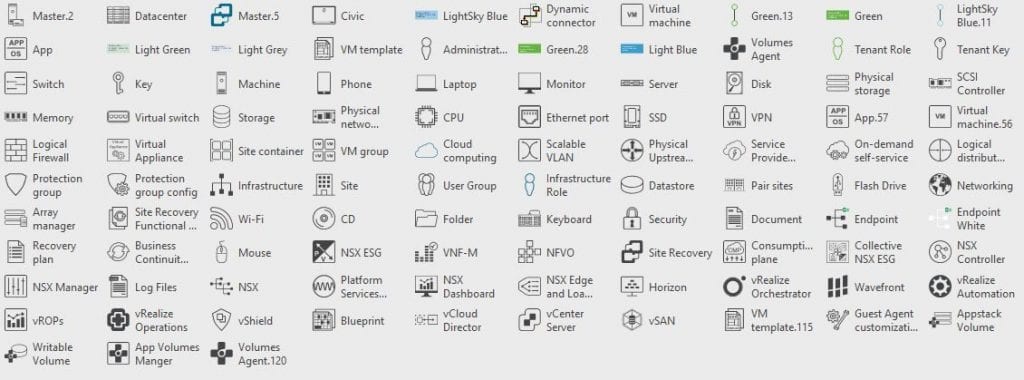vExpert Program
Hello everybody,
Today I’m going to talk to you about VMware’s vExpert program, also because applications for submission to it are currently open.
This program, in addition to the whole community side which is very important and I’ll get to that later, is very important from the perspective of a tech evangelist, which I try to be. One of my day-to-day professional goals is to try to share and spread my knowledge of technology, namely in the VMware area, and vExpert helps a lot in this. It allows access to content of great professional value in advance of its publication in the market, giving us an advantage for those who already have access to the programm. It also allows access to VMware software licensing that gives us the possibility to create our own laboratories at “home” and try to innovate, present different solutions, do demonstrations, etc. For example, in the latest VMware Explore, each vExpert (who had previously registered) was given a NUC offered by VMware and Carbonite. This equipment is fundamental for us to be able to have our laboratories, evaluate the technology and be able to disseminate it in the market.
But as I said earlier, it also has an essential aspect which is the interaction with the entire vExpert community. This is a small but very dynamic community with an exceptional spirit of mutual help, which is fundamental in the daily life of a professional.
For me, it is a privilege to be able to remain a vExpert and I hope to continue to be so in the coming years.


